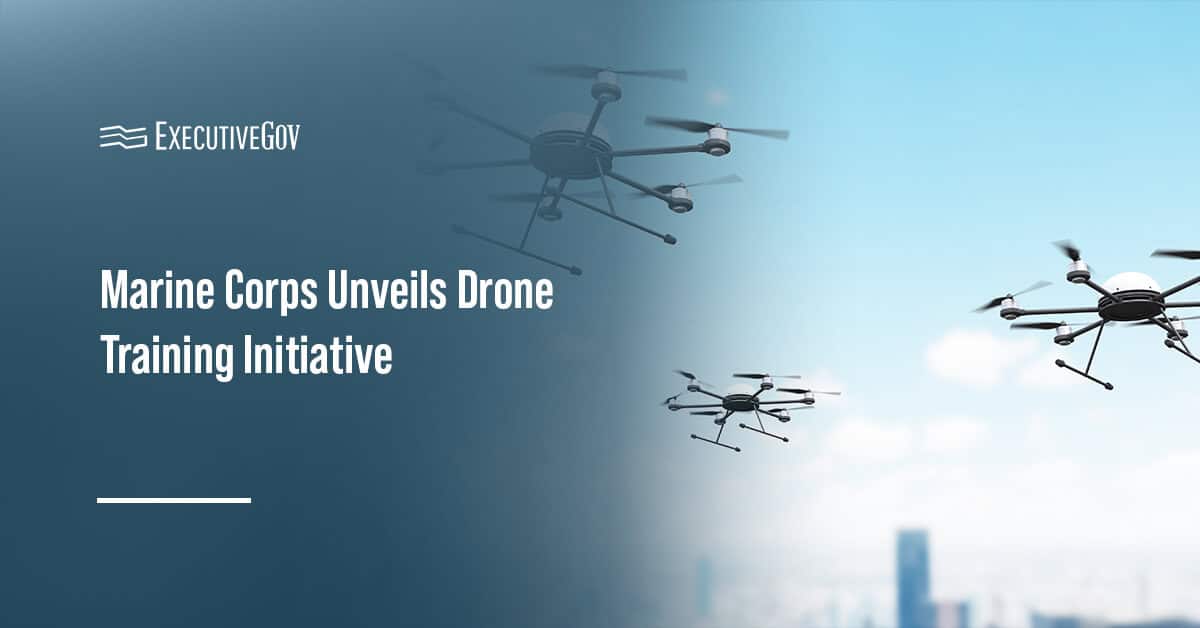
Mark Esper, secretary of defense and a 2020 Wash100 Award winner, intends for the U.S. Navy to grow its fleet of ships, Defense News reported Feb. 9. Esper believes that the Navy should shift its focus to procuring ships that require minimal crew.
Afterwards, with technology, the ships can transition to requiring no crew at all. He stated that the Navy needs to “push much more aggressively” to increase the amount of ships.
“I believe that we can get to 355, if not higher, by 2030,” said Esper.





